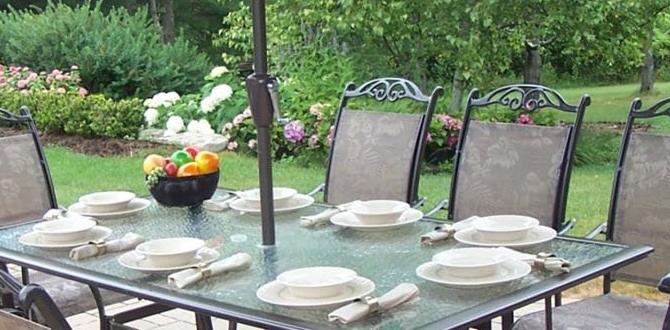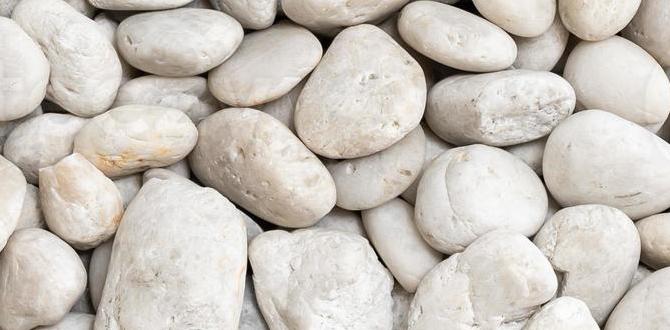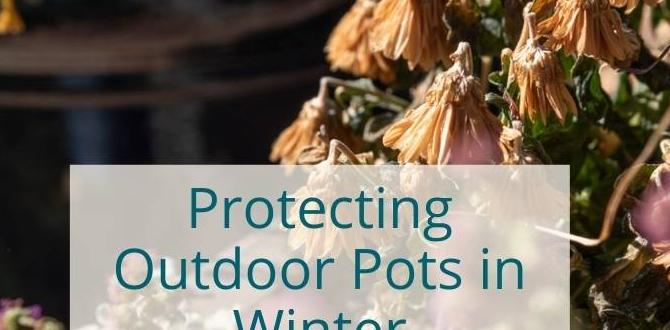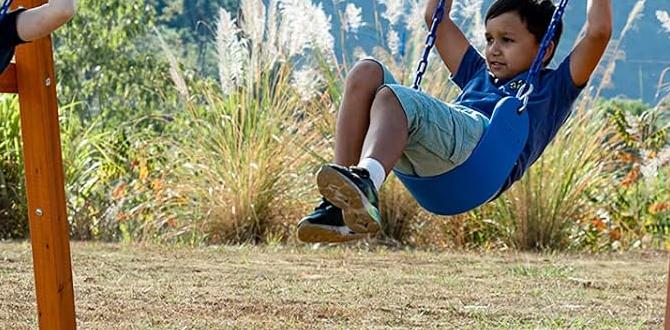As we watch the seasons change, and the flowers bloom, one of the most magnificent sights in our gardens is the fluttering of hummingbirds. These tiny and colorful creatures are a delight to watch and play a crucial role in pollinating plants.
If you’re an avid gardener or simply enjoy the beauty of nature, you may be wondering what plants you can add to your landscape to attract these fast-flying visitors. We will explore what attracts hummingbirds and list the top 26 stunning plants that attract them to your garden.
However, all the details are covered, from Agastache to Flowering Tobacco. We will also discuss plants that attract hummingbirds. So, if you want to enjoy the company of these beautiful birds in your garden, keep reading!
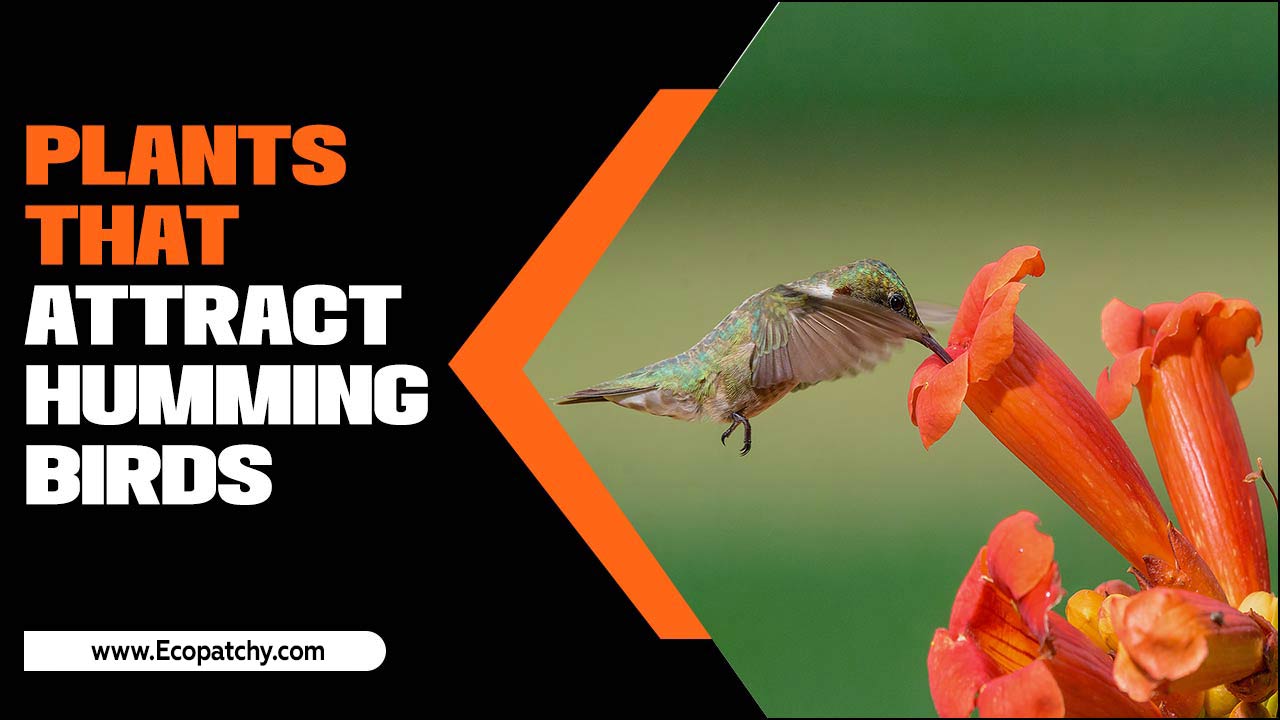
What Attracts Hummingbirds
Hummingbirds are naturally drawn to bright, tubular flowers, making them the perfect choice for attracting these tiny birds to your garden. Cardinal flower and bee balm are two particular favorites of hummingbirds due to their vibrant colors and shape.
To maximize hummingbird activity in your garden, it’s important to plant various native plants that bloom during the late spring and summer months. Additionally, providing hummingbird feeders filled with sweet nectar can further entice these beautiful creatures. By creating an array of colors and offering both natural and supplemental food sources, you can create a welcoming habitat for hummingbirds in your backyard.
Top 26 Stunning Plants That Attract Hummingbirds: Details Answer
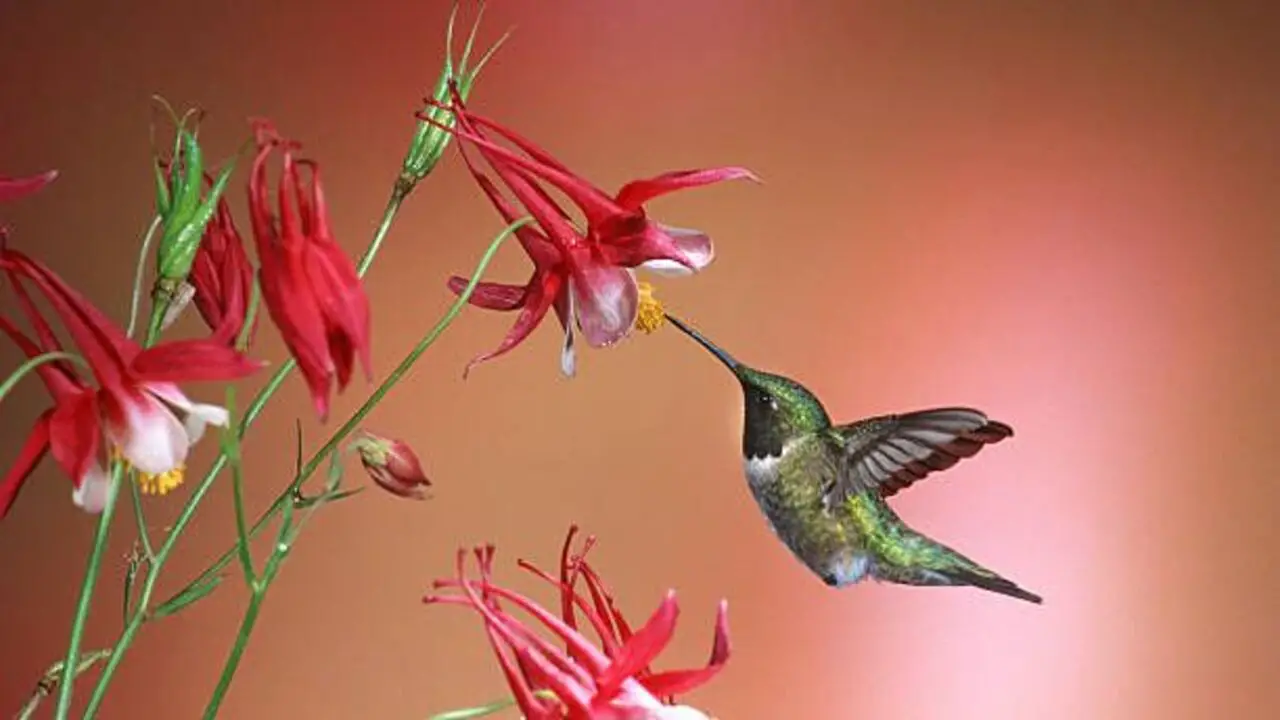
If you want to attract hummingbirds to your garden, planting the right flowers and plants is key. These plants are known for their bright colors and nectar-rich blooms, which are irresistible to hummingbirds. By including various plants in your garden, you can create a haven for these tiny birds and enjoy the beauty they bring to your outdoor space. Hummingbirds are truly remarkable creatures.
With their vibrant colors and incredible speed, they captivate the hearts of bird enthusiasts worldwide. These tiny birds are known for their ability to hover mid-air and fly in all directions, thanks to their unique wing structure and rapid wing beats. Here are 26 stunning plants that are known to attract these beautiful creatures:
1. Agastache (Agastache Foeniculum)
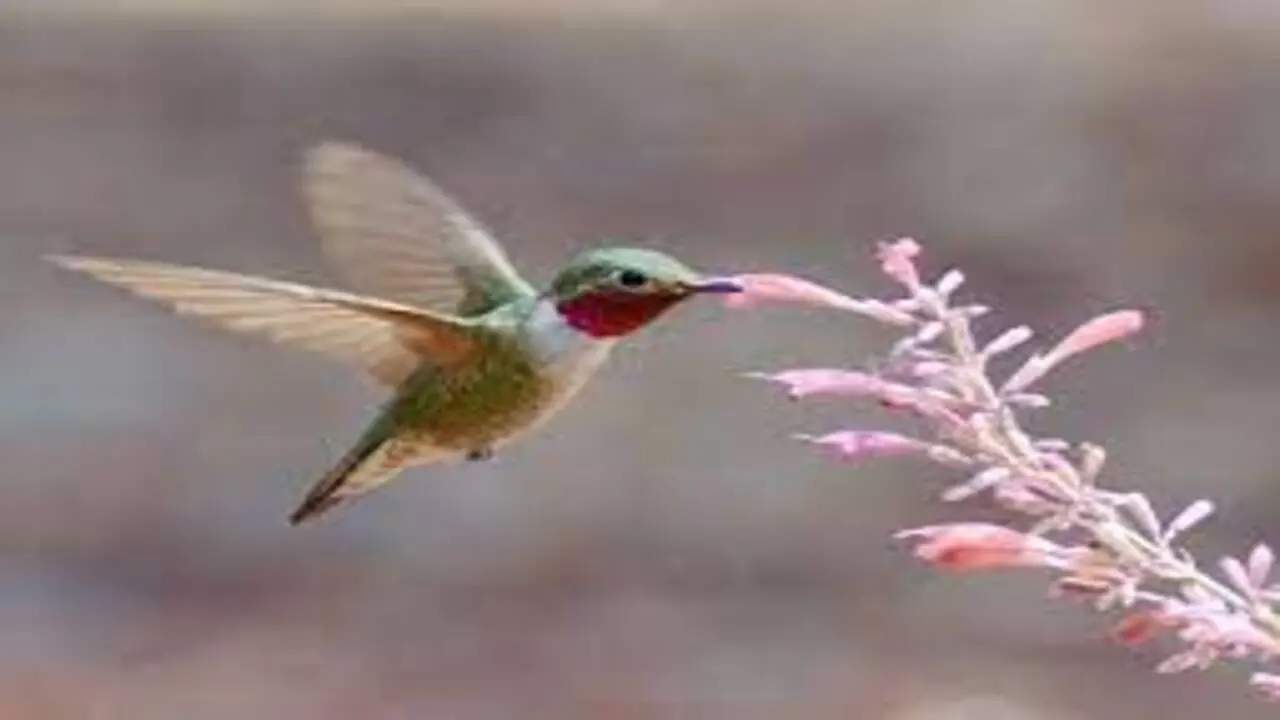
Agastache (Agastache Foeniculum) is a hummingbird favorite, boasting tall spikes of tubular red flowers. Thriving in full sun and well-drained soil, this perennial plant blooms from early summer to late fall, offering a long season of hummingbird activity.
Its vibrant blooms also attract butterflies and bees, adding to the biodiversity of your garden. With its striking array of colors and ability to attract these tiny birds, Agastache makes a bold statement in any sunny spot. Whether you have a large garden bed or small spaces, this plant is a must-have for attracting hummingbirds.
2. Beardtongue (Penstemon Sp)
Beardtongue (Penstemon sp) is a stunning plant that attracts hummingbirds with its brightly colored blooms. This perennial plant thrives in full sun and well-drained soil, making it a perfect addition to sunny spots in the garden.
With its long bloom times from early summer to late fall, Beardtongue provides a continuous food source for hummingbirds. It comes in various colors, including purple, pink, and red, adding a bold statement to any garden bed. Beardtongue attracts tiny birds, is also deer resistant, and can withstand dry conditions, making it one of the best perennials for attracting hummingbirds.
3. Bee Balm (Monarda)
Bee Balm (monarda) is a hummingbird favorite thanks to its vibrant red flowers. This perennial plant thrives in sunny or partially shaded locations and prefers moist soil. Blooming from mid to late summer, Bee Balm attracts hummingbirds, butterflies, and bees, adding an array of colors to your garden. With its easy-to-grow nature, Bee Balm is a great choice for small spaces or larger garden beds.
It can withstand dry conditions and is deer-resistant, making it suitable for various climates across North America. Its stunning blooms make a bold statement in any garden, attracting these tiny birds with their colorful display.
4. Begonia (Begonia Sp.)
Begonia (Begonia sp.) is a versatile plant that attracts hummingbirds in sun and shade. With many colors available, including red, pink, and white, begonias can vibrate any garden. Depending on the climate, they thrive in moist soil and can be grown as annuals or perennials.
Planting begonias in hanging baskets or containers creates a convenient hummingbird feeding station. These plants bloom at various times throughout the year, providing a continuous nectar source for these tiny birds. Begonias are a beautiful addition to any garden bed and are especially suitable for small spaces.
5. Bleeding Heart (Lamprocapnos Spectabilis)
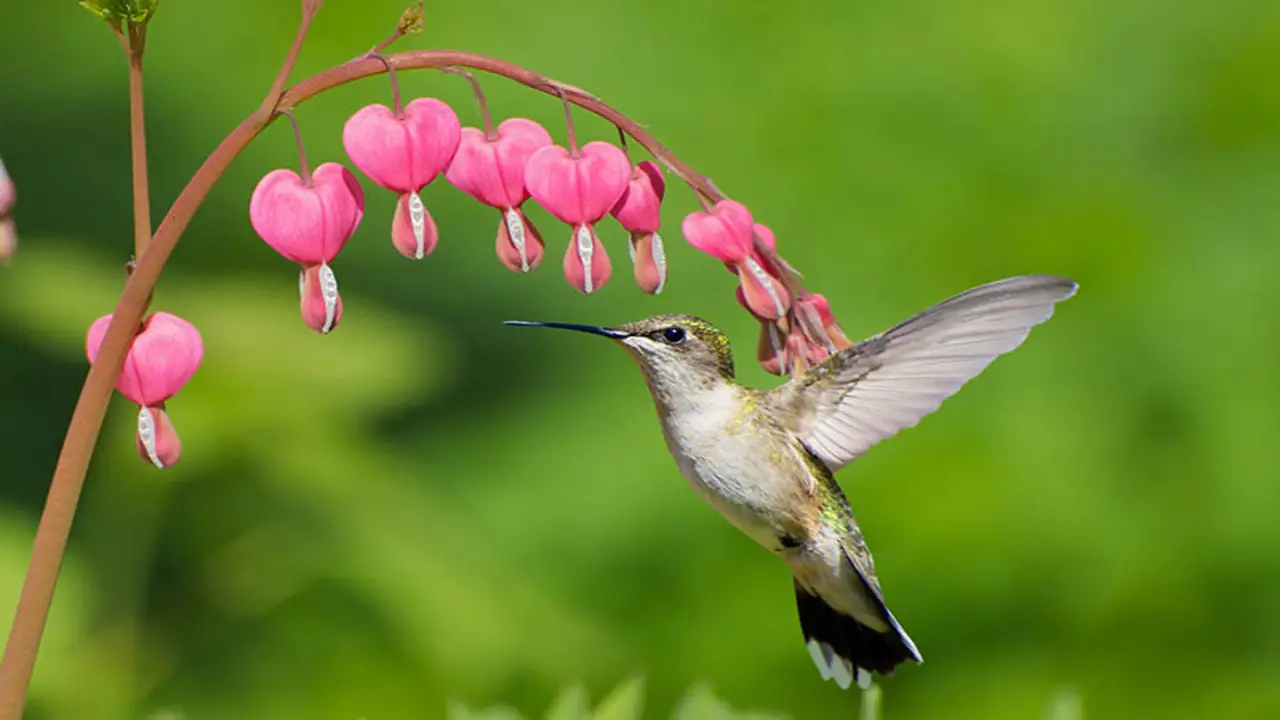
Bleeding Heart (Lamprocapnos spectabilis) is a stunning plant with unique heart-shaped flowers that are irresistible to hummingbirds. This perennial plant prefers partial shade and moist, well-drained soil, making it a perfect addition to gardens with those conditions.
The bleeding hearts bloom in the spring, providing an early food source for hummingbirds returning from their winter migration. With its graceful and elegant appearance, this plant adds a touch of sophistication to any garden. Consider planting Bleeding Heart (Lamprocapnos spectabilis) to attract these tiny birds and create a beautiful and vibrant garden bed.
6. Butterfly Bush (Buddleia)
Butterfly Bush (buddleia) is popular for attracting hummingbirds and butterflies. Thriving in full sun and well-drained soil, this flowering shrub produces long spikes of fragrant flowers in various colors. Its bloom times from summer to fall provide a continuous food source for hummingbirds. Butterfly Bush (buddleia) is attractive to any garden bed or sunny spot. Its array of colors, including purple flowers, makes a bold statement and attracts tiny birds. It is also deer-resistant and can thrive in dry soil and humid climates.
7. Cardinal Flower (Lobelia Cardinalis)
The Cardinal Flower (lobelia cardinalis) is a hummingbird magnet, attracting these tiny birds with its striking red flowers. This perennial plant prefers partial shade and moist soil, making it ideal for gardeners looking to create a hummingbird-friendly habitat.
Blooming from late summer to early fall, the cardinal flower coincides with the peak migration season for hummingbirds, ensuring a steady supply of nectar for these energetic creatures. Not only does the cardinal flower add a splash of color to any garden, but it also attracts other pollinators, enhancing the overall biodiversity of the landscape.
8. Catmint (Nepeta Sp)
Catmint (Nepeta sp) is a delightful addition to any garden seeking to attract hummingbirds. This perennial plant is irresistible to these tiny birds with its fragrant flowers. Thriving in full sun and well-drained soil, Catmint is a low-maintenance choice that blooms from late spring to early fall, providing a long season of hummingbird activity. Not only does it attract hummingbirds, but it also brings in other beneficial insects like bees and butterflies. Catmint’s vibrant blooms and easy care make it a great option for sunny spots and small garden spaces.
9. Columbine (Aquilegia Sp)
Columbine flowers, also known as Aquilegia sp, are a favorite among hummingbirds due to their tubular blooms. These stunning flowers come in various colors, ranging from vibrant red to majestic purple. They are perfect for rock gardens or areas with poor soil conditions.
Blooming in the early spring, columbines provide a rich nectar source for hummingbirds. These tiny birds are particularly drawn to the scarlet flowers of the columbine. With their attractive colors and ability to thrive in various conditions, columbines make a bold statement in gardens and attract hummingbirds throughout the season.
10. Coral Bells (Heuchera)
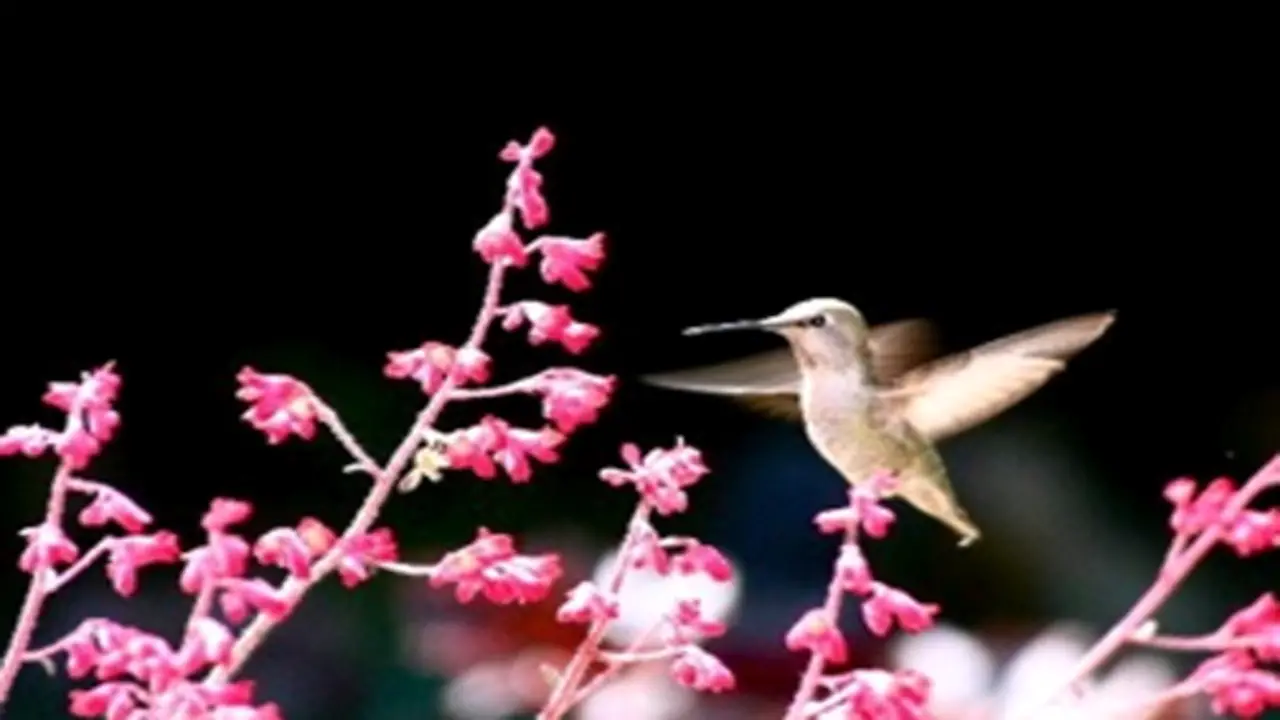
Coral Bells, or Heuchera, attract hummingbirds with their tiny bell-shaped flowers. These flowers come in various colors, including red, pink, and purple, adding a bold statement to any garden bed. Coral Bells prefer partial shade and moist soil conditions, making them perfect for gardens in the southeastern United States. Hummingbirds are particularly drawn to the sweet nectar of coral bells, creating a beautiful display as these tiny birds flit about. Whether you have a sunny spot or small spaces, planting coral bells will attract these stunning creatures.
11. Fox Gloves (Digitalis)
Foxgloves, or digitalis, are tall spikes of tubular flowers that attract hummingbirds with their vibrant colors. These flowers, which come in shades of purple and pink, create a stunning display in any garden. Foxgloves prefer full sun or partial shade and thrive in moist, well-drained soil. Hummingbirds are especially drawn to the nectar found in foxgloves, making them an excellent choice for attracting these tiny birds to your yard. By planting foxgloves in your garden, you’ll add a beautiful pop of color and provide a beneficial habitat for hummingbirds.
12. Garden Phlox (Phlox Paniculata)
Garden phlox, scientifically known as Phlox paniculata, is popular for attracting hummingbirds to your garden. These beautiful flowers come in various colors, including purple, pink, and white, making them a stunning addition to any garden. Garden phlox thrives in full sun and moist loam soil, providing the ideal conditions for these vibrant blooms.
With their fragrant flowers and sweet nectar, garden phlox is sure to attract hummingbirds, allowing you to enjoy the sight of these tiny birds up close. Planting garden phlox creates a focal point in your garden and provides a vital food source for hummingbirds.
13. Hardy Fuchsia (Fuchsia Magellanica)
Hardy fuchsia, scientifically known as Fuchsia magellanica, is a beloved flower among hummingbirds due to its tubular blooms. These flowers come in an array of colors, including vibrant pinks and purples, adding a bold statement to any garden.
Hardy fuchsia thrives in partial shade and prefers moist soil conditions, making it an ideal plant for gardens with varying light levels and soil moisture. Hummingbirds are naturally attracted to the sweet nectar found in hardy fuchsia, making it a must-have addition to any hummingbird-friendly garden. By planting hardy fuchsia, you’ll create a stunning display that these tiny birds will adore.
14. Hollyhocks (Alcea)
Hollyhocks, tall flowering plants with colorful blooms, are known to attract hummingbirds. These vibrant flowers are in various shades, including pink, red, and white. Hollyhocks thrive in full sun and well-drained soil. Their nectar is particularly enticing to hummingbirds, making them a great addition to any garden.
By planting hollyhocks, you can add height and beauty to your outdoor space and create a welcoming habitat for these tiny birds. With their array of colors and preference for sunny locations, hollyhocks make a bold statement in garden beds and are a favorite among hummingbirds.
15. Hosta (Hosta Sp)
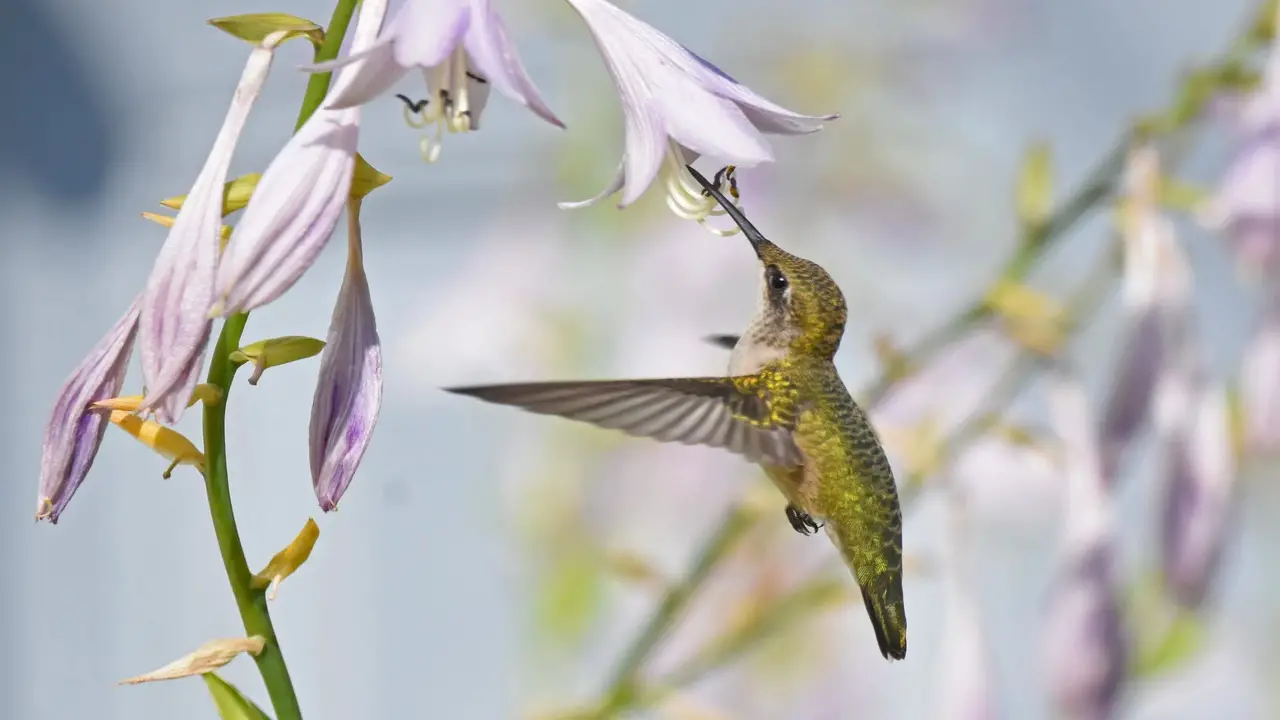
Hostas, also known as Hosta sp, may not have traditional flowers, but their lush foliage attracts hummingbirds. These plants thrive in partial shade and moist soil conditions. The fragrant flowers of hostas serve as a source of nectar for hummingbirds.
By planting hostas in your garden, you can create a visually appealing display of foliage to attract these tiny birds. Hostas are an excellent choice for adding texture and interest to your garden, making them popular among gardeners. Consider incorporating hostas to create a vibrant and hummingbird-friendly garden bed.
16. Lilac (Syringa Vulgaris)
Lilacs, scientifically known as Syringa vulgaris, have highly fragrant flowers, making them incredibly attractive to hummingbirds. These flowers come in various colors, including purple and white, adding a vibrant touch to any garden.
Lilacs prefer sunny locations with well-drained soil, making them relatively easy to care for. Hummingbirds are particularly drawn to the sweet nectar found in lilac flowers, making this plant an excellent choice for attracting these tiny birds. By planting lilacs in your garden, you will enjoy a beautiful display of flowers and create a welcoming space for hummingbirds.
17. Lupine (Lupinus X Hybrid)
Lupines, also known as Lupinus x hybrid, are stunning plants that attract hummingbirds with their tall spikes of flowers. These vibrant flowers come in various colors, including purple and pink, creating a bold statement in any garden. Lupines thrive in full sun and well-drained soil, making them perfect for sunny locations. Hummingbirds are drawn to the nectar found in lupine flowers, making them popular for attracting these tiny birds. By planting lupines in your garden, you can add color and height while creating a welcoming habitat for hummingbirds.
18. Salvia (Salvia Sp)
Salvias, known for their vibrant and attractive blooms, are a favorite choice for attracting hummingbirds. With various colors, including red and purple, these flowers create an enticing display in any garden. Salvias thrive in full sun and well-drained soil, making them ideal for sunny locations.
Hummingbirds are particularly drawn to the tubular shape of salvia flowers, finding it easy to access the nectar within. By planting salvias in your garden, you can create a colorful habitat that attracts these tiny birds. With their bright blooms and ability to thrive in various conditions, salvias are a must-have for any hummingbird enthusiast.
19. Trumpet Honeysuckle (Lonicera Sempervirens)
Trumpet Honeysuckle, scientifically known as Lonicera sempervirens, is a native plant that attracts hummingbirds with its clusters of tubular red flowers. This drought-tolerant plant thrives in full sun to partial shade and is an excellent choice for arbors or trellises due to its vine-like growth habit.
The sweet nectar of Trumpet Honeysuckle entices hummingbirds, making it a favorite among these tiny birds. With a low-maintenance perennial nature, it blooms from late spring to early fall, adding a burst of color to your garden bed. Trumpet Honeysuckle is indeed a must-have plant for any hummingbird enthusiast.
20. Impatiens (Impatiens Wallerana)

Impatiens (Impatiens wallerana) is a versatile option for attracting hummingbirds to your garden with its vibrant blooms. Thriving in partial shade, these annual flowers provide continuous color throughout the summer.
The tubular flowers of impatiens, a member of the mint family, are a favorite of hummingbirds. Easy to grow and requiring minimal maintenance, impatiens can be a great addition to your garden bed or container gardens. With their array of colors, from vibrant reds to soft pinks and purples, impatiens make a bold statement while attracting these tiny birds. Whether you have a sunny spot or small spaces, impatiens can add a touch of beauty to any garden.
22. Petunia (Petunia Sp)
With their vibrant blooms in various colors, Petunias are a popular choice for attracting hummingbirds. These annual flowers are easy to grow and perfect for containers or hanging baskets. Petunias thrive in full sun and well-drained soil, making them suitable for sunny locations.
The trumpet-shaped flowers of petunias are particularly enticing to hummingbirds, who are drawn to their nectar. To ensure continuous blooming, deadhead spent flowers regularly. With their stunning blooms and easy maintenance, petunias are a great addition to any garden bed or small space.
23. Zinnia (Zinniaviolacea)
Zinnias, known scientifically as Zinniaviolacea, are stunning annual flowers in various colors, making them a magnet for hummingbirds. These vibrant blooms thrive in sunny spots and can tolerate poor soil conditions, making them a great choice for gardens in the United States.
Zinnias are easy to grow from seed and provide abundant blooms throughout summer. The flat, daisy-like blooms of zinnias are a favorite of hummingbirds, attracting these tiny birds with their captivating colors. To ensure continuous blooms, deadhead spent flowers. Zinnias makes a bold statement in garden beds or small spaces.
24. Lantana (Lantana Camara)
Lantana, a heat-tolerant perennial of the mint family, attracts hummingbirds with its vibrant and colorful blooms. Thriving in full sun and well-drained soil, this plant creates an irresistible lure for tiny birds. Lantana’s clusters of tubular flowers come in various colors, including red, orange, and yellow, making it a bold statement in any garden bed.
Additionally, it is a favorite among butterflies and bees, creating a haven for pollinators. Perfect for small spaces and sunny locations, lantana is a must-have in gardens across North America. Its resilience against powdery mildew and deer makes it an excellent choice for humid and dry conditions.
25. Snapdragon (Antirrhinum Majus)
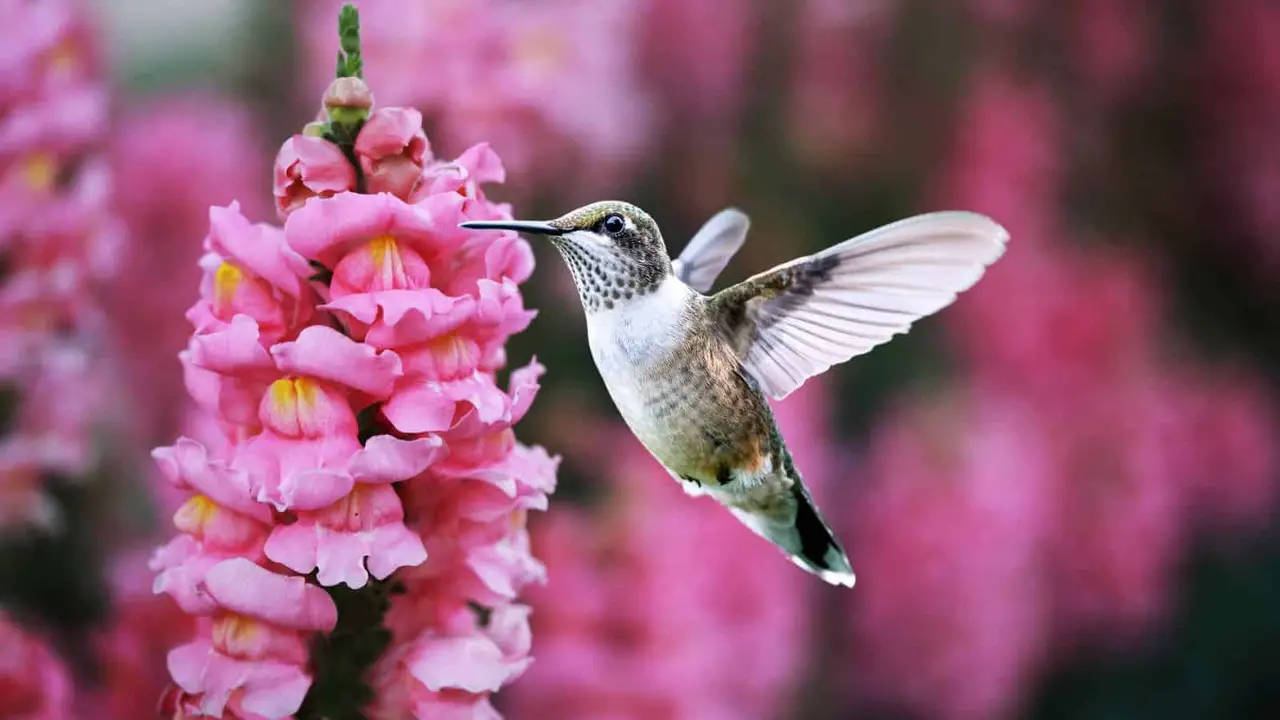
Scientifically known as Antirrhinum majus, Snapdragons produce tall spikes of flowers that attract hummingbirds with their vibrant colors. These annual flowers thrive in full sun to partial shade, making them versatile for any garden.
The snapdragon flowers’ unique shape resembling a dragon’s mouth is particularly appealing to hummingbirds. Deadheading the spent blooms will encourage more flowers to bloom, ensuring a continuous supply of nectar for these tiny birds. With their array of colors and ability to add vertical interest, snapdragons are a must-have for any hummingbird-friendly garden bed.
26. Flowering Tobacco (Nicotiana Alata)
Flowering tobacco, scientifically known as Nicotiana alata, is an annual plant that produces fragrant flowers, making it highly attractive to hummingbirds. This plant thrives in full sun to partial shade and prefers well-drained soil.
Flowering tobacco is available in various colors, including pink, red, and white, offering a vibrant array for your garden. The tubular-shaped flowers of flowering tobacco are favored by hummingbirds, making it an ideal choice for attracting these tiny birds. With its extended blooming period from late spring to early fall, flowering tobacco ensures a continuous burst of color in your garden throughout the season.
Conclusion
Attracting hummingbirds to your garden can be a rewarding and beautiful experience. By planting various stunning plants that are known to attract these delightful creatures, you can create a haven for them and enjoy their presence in your outdoor space.
There are many options, from Agastache and Bee Balm to Begonia and Zinnia. Remember to provide a water source and maintain a pesticide-free environment to ensure the health and safety of hummingbirds. So, transform your garden into a vibrant and enchanting habitat that will attract these tiny wonders of nature. We’ve discussed plants that attract hummingbirds.
Frequently Asked Questions
1.What Plant Attracts Hummingbirds The Most?
Ans: The Red Hot Poker (Kniphofia uvaria) is the most attractive plant for hummingbirds. Other highly appealing plants include Bee Balm, Cardinal Flower, and Salvia. Hummingbirds are drawn to vibrant flowers with tube-shaped blooms. Plant various flowers in your garden to attract a diverse range of hummingbird species.
2.What Flowers Or Bushes Do Hummingbirds Like?
Ans: Hummingbirds are attracted to brightly colored flowers, particularly in shades of red, pink, and orange. Popular flowers for hummingbirds include bee balm, salvia, and trumpet vine. They also enjoy bushes like butterfly bush and weigela. Planting various blooming flowers throughout the season provides these beautiful birds with a continuous food source.
3.Which Plants Attract Hummingbirds And Butterflies?
Ans: Plants that attract hummingbirds and butterflies include bee balm, butterfly bush, and salvia. Other options are lantana, milkweed, and coneflower. These plants provide a source of nectar for both species, making your garden a vibrant haven for these pollinators. Consider planting a mix of these varieties to attract both hummingbirds and butterflies.
4.Which Plants Attract Hummingbirds And Butterflies?
Ans: Plants that attract hummingbirds and butterflies include bee balm, butterfly bush, and salvia. Other options are zinnias, fuchsia, and lantana. These vibrant flowers produce nectar that both hummingbirds and butterflies enjoy, making them perfect garden additions that attract pollinators.
5.What Plants Rely On Hummingbirds For Pollination?
Ans: Plants such as trumpet creeper, cardinal flower, and bee balm rely on hummingbirds for pollination. These vibrant flowers with tubular shapes are attractive to hummingbirds due to their nectar-rich qualities. You can create a haven for these tiny pollinators by incorporating these plants into your garden.
6.What Flowers Attract Hummingbirds Most?
Ans: Red and orange tubular flowers are highly attractive to hummingbirds. Bee balm, cardinal flower, and trumpet vine are among the flowers that attract hummingbirds. Hummingbirds are also drawn to brightly colored flowers with abundant nectar. Plant various flowers that bloom at different times to keep them coming back throughout the season.


